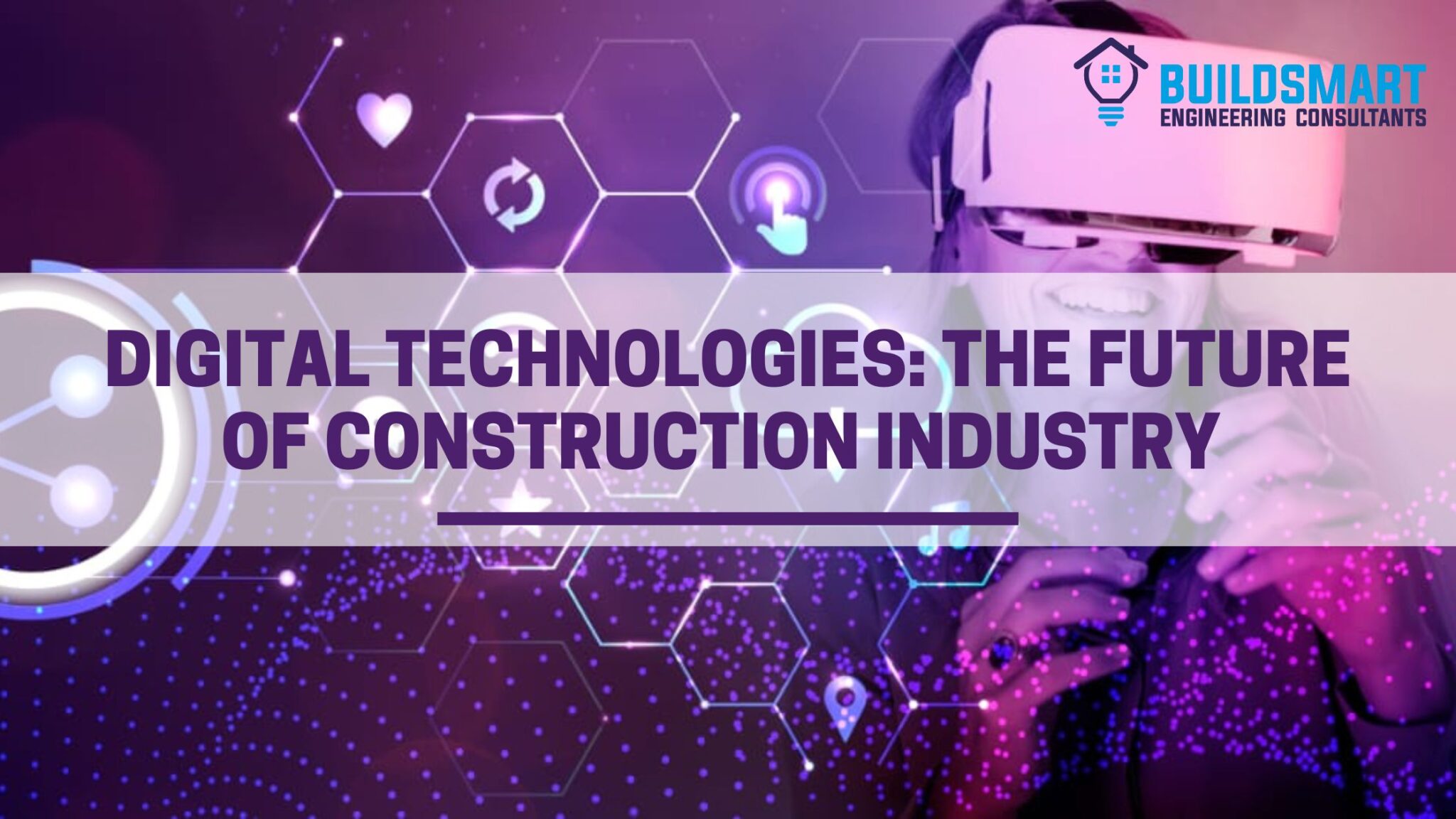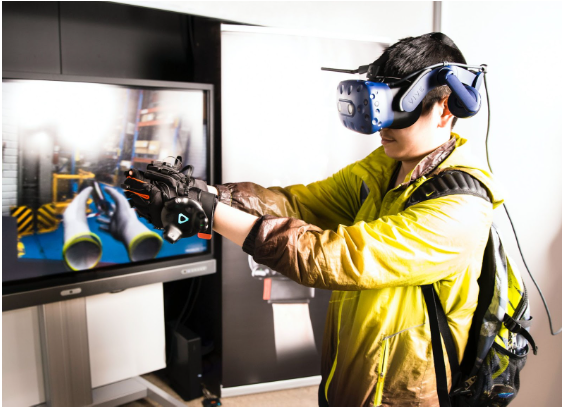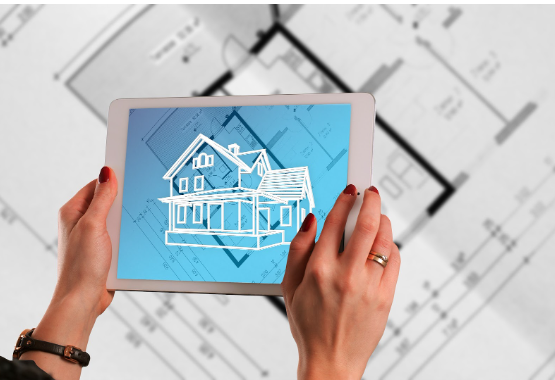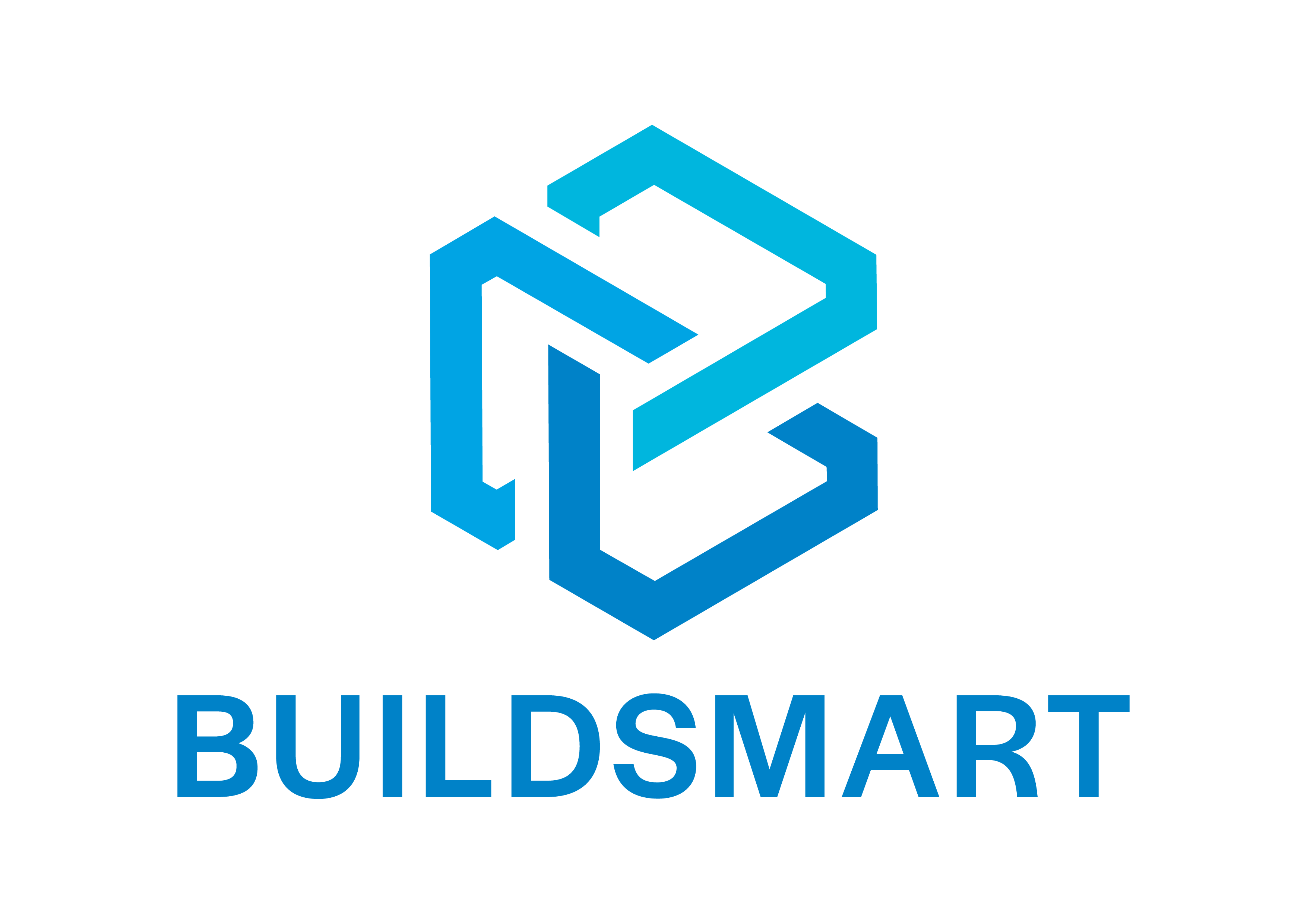

BACKGROUND:
Digitalization is referred to as enabling or improving processes by leveraging Digital technologies & Digital Data. In the AEC industry, construction practices are still dealt with hand-drafted drawing, manual measurements & a load of paper documentation. Now this industry is entering into the digital age. Computer-Aided Design (CAD) has been used for many years & now Building Information Modeling (BIM) is changing the way projects are being delivered, creating an efficient & sustainable built environment. There are so many technologies in the industry that are in the developing stage. A few of them are as follows which will empower & change the productivity of the construction industry.
1. CLOUD-BASED BIM COLLABARATION:
Cloud-based BIM Collaboration allows project team members to work effectively in a collaborative environment. It allows the users to merge multiple model files and work-sets from different project partners and design tools into one central model. Using cloud-based collaboration, anyone can access information about the project at any time & any location.
THE ADVANTAGES OF CLOUD-BASED BIM COLLABORATION ARE AS FOLLOWS:
- Universal access to the data
- Model Coordination
- Track & monitor the progress of a project
- Infinite Computation
- Resolving the clashes
- Effective Communication among the personnel involved
THE SOFTWARE/PLATFORM USED FOR BIM COLLABORATION ARE LISTED BELOW:

2. VIRTUAL REALITY (VR):
Virtual Reality (VR) is a computer-based simulation of the artificial or real-world that can be experienced via special electronic equipment & sensors. In the construction industry, VR is used to review the real 3D environment of architectural designs. It allows direct user interaction in virtual space that gives a clear understanding of construction. One of the leading service providers of VR in the construction industry is Buildsmart Engineering Consultants.
THE ADVANTAGES OF VR IN THE CONSTRUCTION INDUSTRY ARE AS FOLLOWS:
- Reduce rework.
- Improves safety.
- Improving accessibility & Quality control.
- Fix problems before they occur.
THE VIRTUAL REALITY SOFTWARES USED ARE:

3. AUGMENTED REALITY (AR):
Augmented Reality (AR) is majorly used to add a single virtual piece of information to reality in the construction industry. It allows overlaying a digital image in the real world with tablets or smartphones. AR in construction & architectural projects involve placing a 3D model of a proposed design onto an existing space using mobile devices & 3D models. If you are looking for AR services, feel free to contact Buildsmart Engineering Consultants.
THE ADVANTAGES OF AR IN THE CONSTRUCTION INDUSTRY ARE AS FOLLOWS:
- Real-time Visualization of projects.
- Greater implementation of BIM.
- Better team collaboration & communication.
